Is it true that Christopher Columbus was the first non-native who stepped on America?
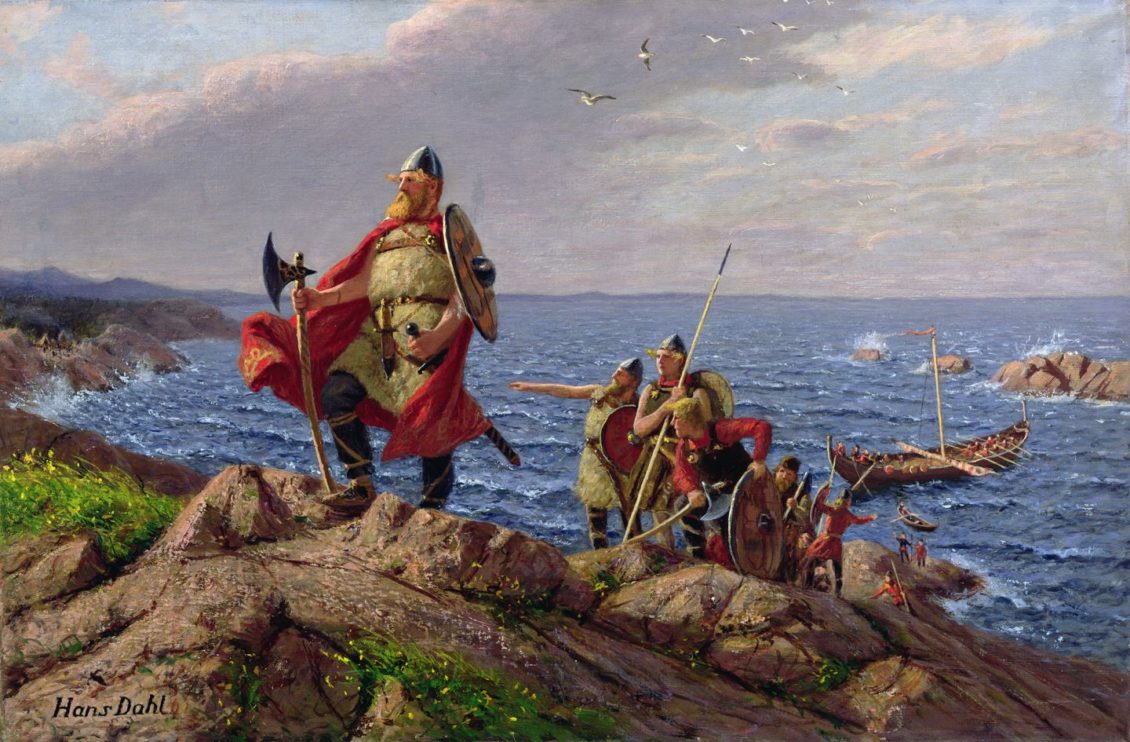
Many of us were taught that Christopher Columbus discovered America, however, most of us know that when the settler stepped on land in 1492, he did not find, precisely, an uninhabited continent. So, it would be more correct to say that Christopher Columbus was the first non-native who stepped on America. Still, according to several historical references, not even this last statement is true. Next we tell you why.
Leif Eriksson, son of Erik the Red and nicknamed "The Lucky One", is considered the first European to arrive in North America. He was a Viking of Icelandic origin who spent his childhood in Greenland and who, in the year 1003, left for the west in search of other lands. In his trip he pretended to find fertile lands, since in Greenland the climate was very cold and the vegetation, very scarce. And without vegetation there is no wood, essential material to build houses and boats or make fire. Iron was also scarce, another construction material (above all, tools) essential.
Their expeditions turned out to be fruitful and revealed a very promising finding: a continent with a more benign climate and full of resources essential for survival. This territory, now known as Newfoundland (in Canada), was called Vinlandia (literally, land of the vineyards). Surely he explored other lands, but the magnitude of his expeditions is still a mystery.
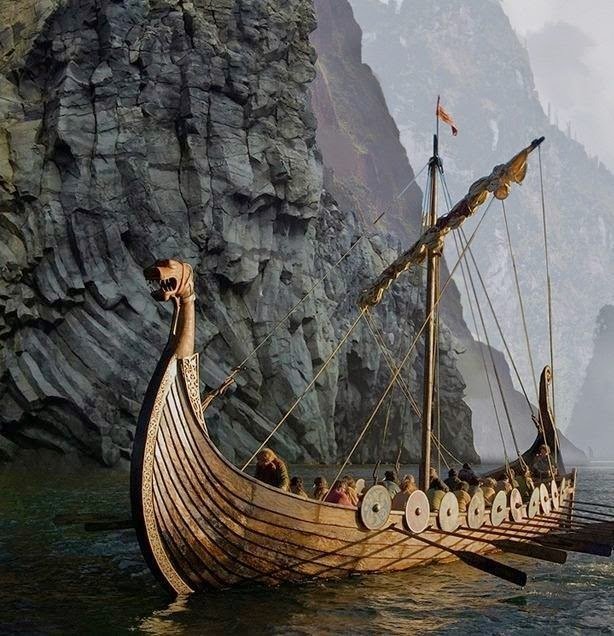
According to the Nordic sagas (literary genre), Leif Eriksson founded, along with his brother Thorvald, his sister and his wife, a colony called Leifbundir. The place was described as a small village destined to serve as headquarters.
What was originally a promised land ended up being a hostile territory, which was abandoned after a few years. The sagas say that the Vikings were not welcome and that it was impossible for them to relate peacefully with the natives. Thus, the explorers had to renounce the exploitation of the lands of Vinlandia.
As expected, Leif did not keep his findings secret and traveled to the land of his father, Norway, to tell the monarch of the country what he had seen. Later, around the year 1070, the Danish king Sweyn (king of Denmark, England and Norway) would tell him about Vinlandia (and his excellent wine) to the historian Adam of Bremen, who recorded the existence of the American continent in a geographical treaty called "Descriptio Insularum Aquilonis". This allowed some Europeans to know about the existence of those western lands visited by Vinkingos.
Viking traces in Newfoundland
In the absence of Viking vestiges in North America, historians remained skeptical about the Nordic sagas, classified by some scholars as fantasies. The same happened with the writings of Bremen. However, in 1961 a team of archaeologists discovered ruins that both for their architecture, as for their location and antiquity, supported the ancient histories of the Vikings. These ruins were located in the area of L'Anse aux Meadows, on the northern coast of the island of Newfoundland and consisted of a settlement of 8 buildings with space to accommodate 80 people. The characteristic Viking architecture of the houses was undeniable.
They also found a carpentry workshop and a forge with iron extraction technology identical to that of the Vikings.
Logically, the age of the found remains was determined. The dating by carbon-14 placed them in the year 1000.
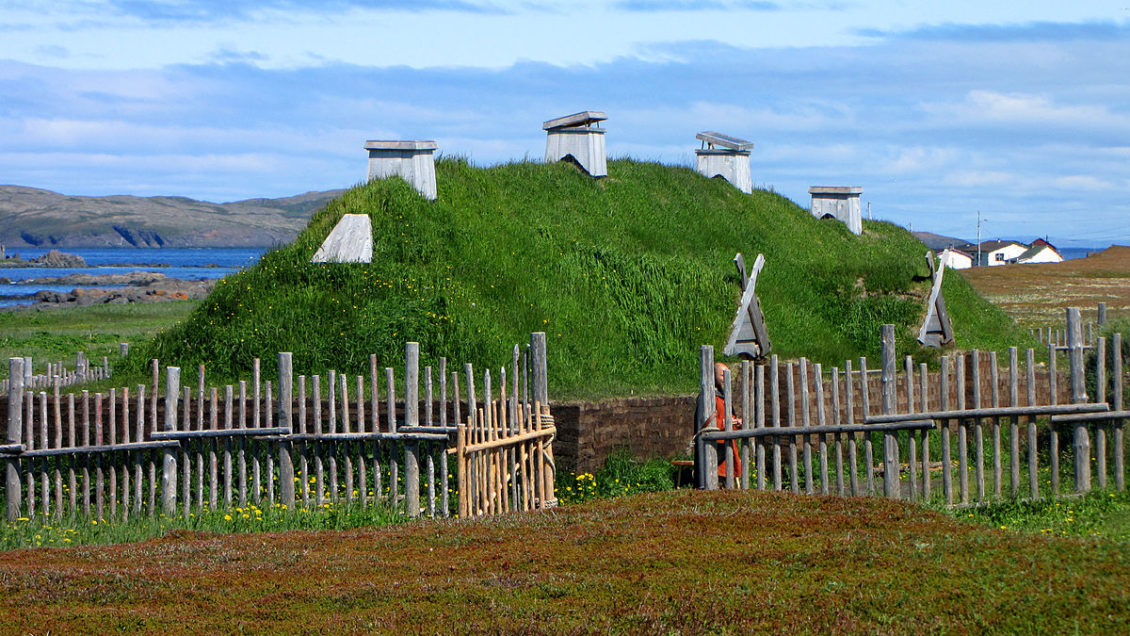
Other expeditions
Abubakari II, king of the empire of Mali sent in the 1300 an expedition of 400 ships to the Atlantic. Of these 400 only one returned. The survivors told that the rest of the fleet had been shipwrecked in a "giant whirlpool". Some writings relate the experiences of these navigators, who arrived at "a continent crossed by a river of giant proportions". Due to its characteristics, it could well be the Amazon River.
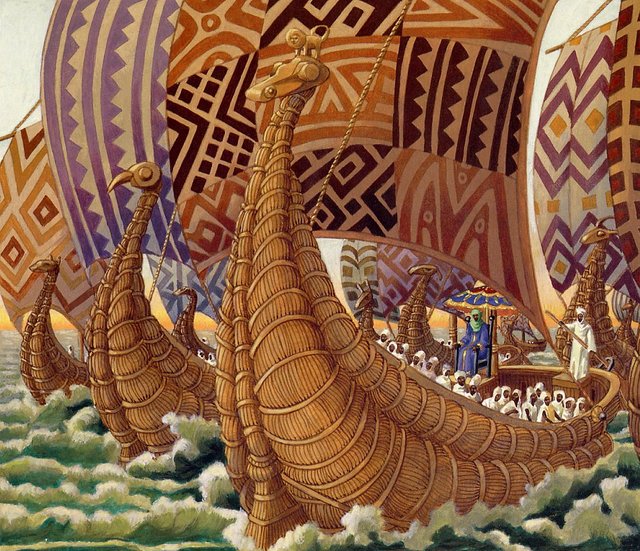
A year later, Abubakari embarked on another expedition to African lands. It was never known what happened to King Mali, but Christopher Columbus himself described "some merchants settled in Honduras, of black race." Fernando Colón, Cristóbal's son, wrote about the blacks seen by his father.
Other theories refer to Madog ab Owain Gwynedd, a Welsh prince who in 1170 heading west would flee from the fratricidal violence of his country, arriving in the American continent. Also Zheng He, a military man, sailor and Chinese explorer known for his naval expeditions, would reach the continent.
However, there is not enough evidence to show that these travelers actually arrived in the Americas.
Having seen, Christopher Columbus was not the first non-native who stepped on the American continent, what we can say is that he was the first to colonize it (with all that implies colonize).
And finally, we wanted to quote some of the books that relate the adventures of Leif Erikson and Erik the red. In essence, the Saga of Erik the Red and the Saga of the Greenlanders are some of the main literary sources of information on the Viking colonization in America. However, they are not simple and boring historical treatises, but adventure books with a touch of fantasy and fiction.
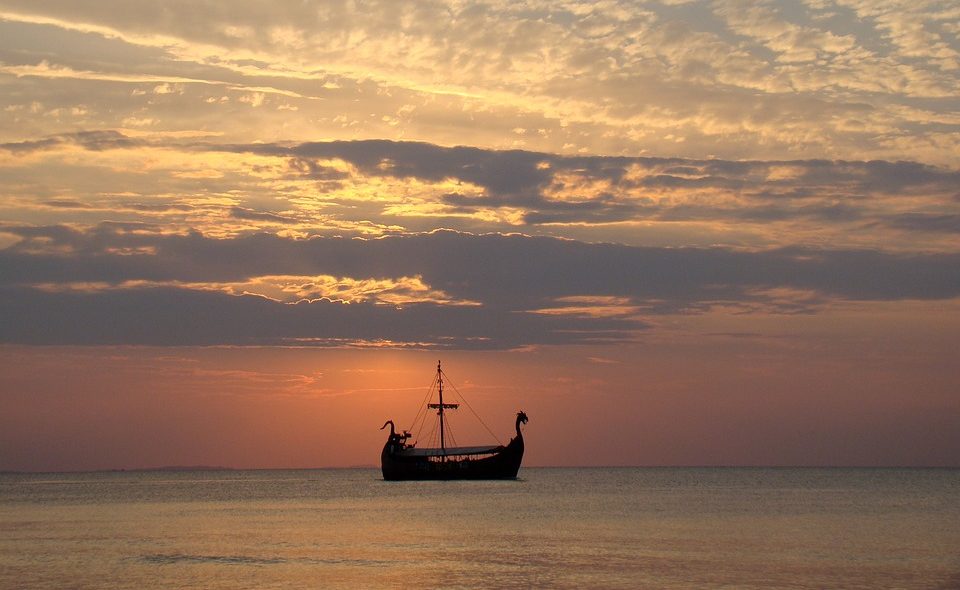
References:
Historias de la historia
Wikipedia

Hello! Please check your wallet. I have fulfilled my promise.
Thanks a lot my friend! I have no words to thank you enough.. I hope you receive 100 hundreds time more than you gave me! Have an excelent day my mate :)
There's also theory of the Phoenicians getting to South America as well.